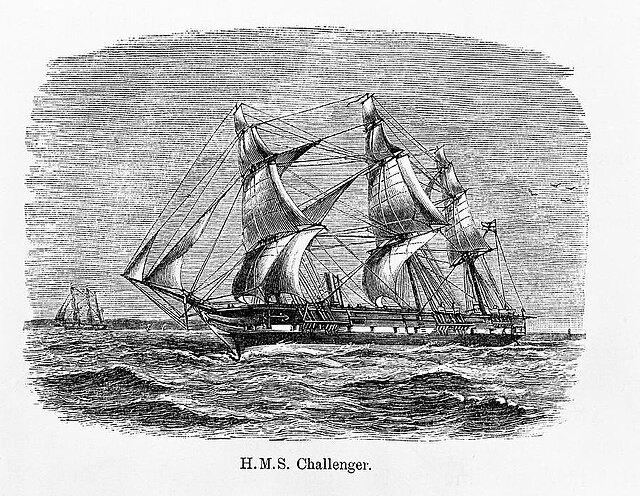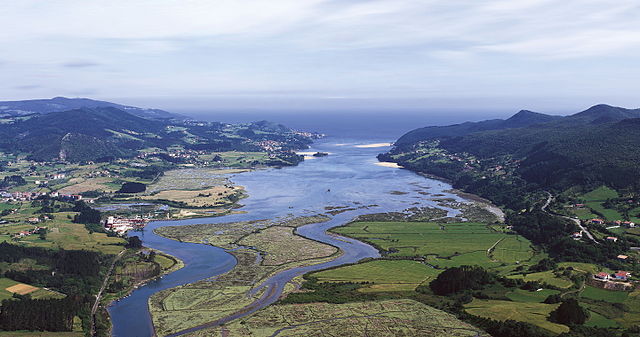Biological oceanography is the study of how organisms affect and are affected by the physics, chemistry, and geology of the oceanographic system. Biological oceanography may also be referred to as ocean ecology, in which the root word of ecology is Oikos (oικoσ), meaning ‘house’ or ‘habitat’ in Greek. With that in mind, it is of no surprise then that the main focus of biological oceanography is on the microorganisms within the ocean; looking at how they are affected by their environment and how that affects larger marine creatures and their ecosystem. Biological oceanography is similar to marine biology, but is different because of the perspective used to study the ocean. Biological oceanography takes a bottom-up approach, while marine biology studies the ocean from a top-down perspective. Biological oceanography mainly focuses on the ecosystem of the ocean with an emphasis on plankton: their diversity ; their productivity and how that plays a role in the global carbon cycle; and their distribution.

HMS Challenger during its pioneer expedition of 1872–76
Marine biology is the scientific study of the biology of marine life, organisms in the sea. Given that in biology many phyla, families and genera have some species that live in the sea and others that live on land, marine biology classifies species based on the environment rather than on taxonomy.
Marine biology studies species that live in marine habitats. Most of the Earth's surface is covered by ocean, which is the home to marine life. Oceans average nearly four kilometers in-depth and are fringed with coastlines that run for about 360,000 kilometres.
Tide pools with sea stars and sea anemone
Estuaries have shifting flows of sea water and fresh water.
Coral reefs form complex marine ecosystems with tremendous biodiversity.





